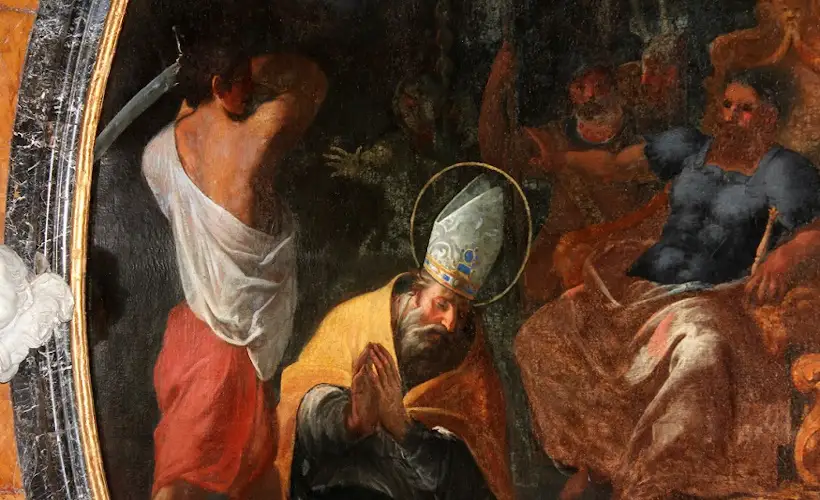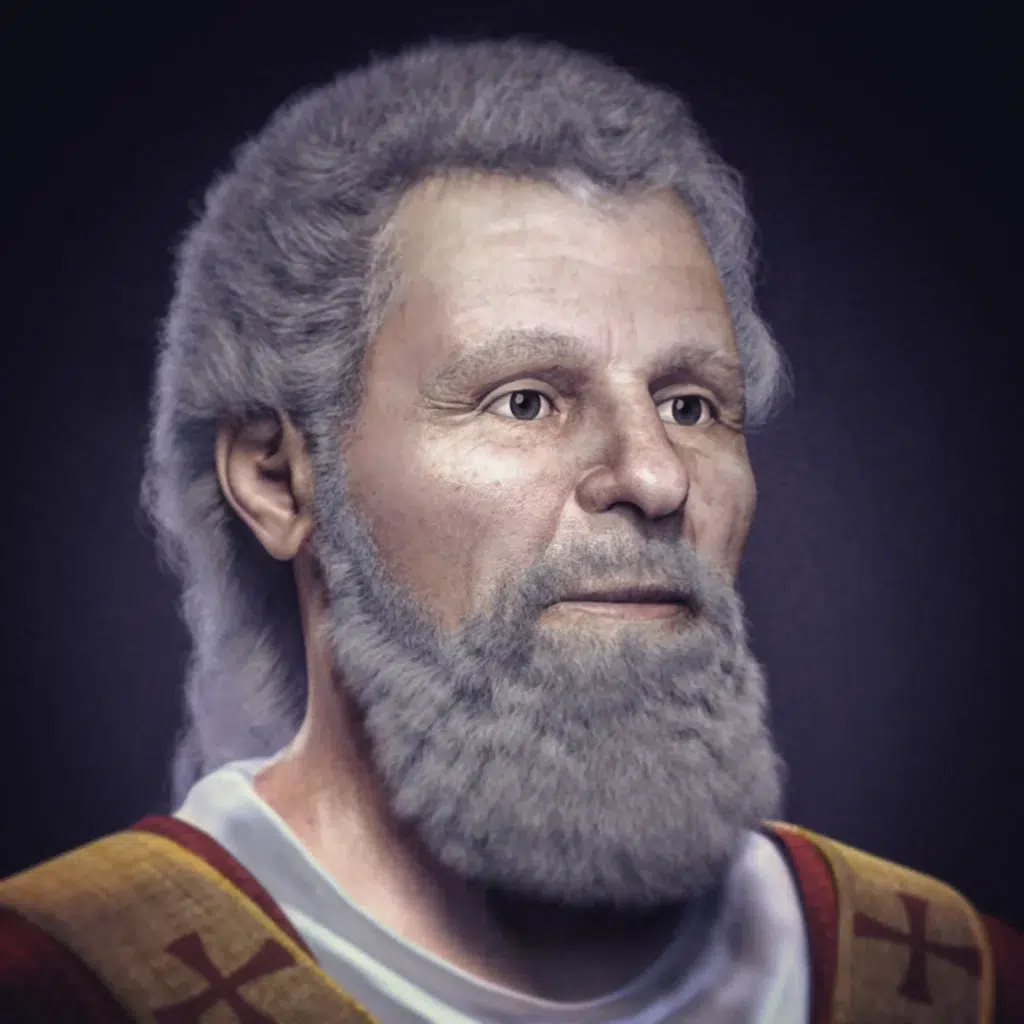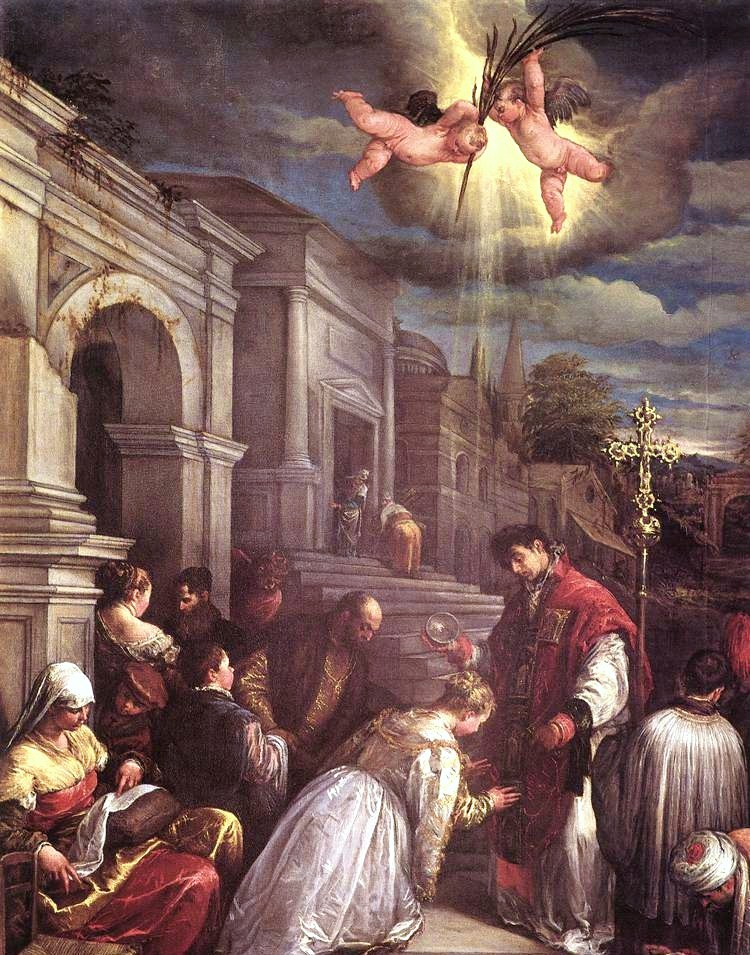
Valentine's Day,???? Every February 14, millions of people around the world celebrate a date dedicated to love and friendship.
However, beyond the chocolates, flowers and cards, this holiday has a surprising origin dating back to the 3rd century. A priest named Valentine defied the orders of the Roman emperor to secretly unite young lovers in marriage.
Over time, its history was transformed to become one of the most popular celebrations of the year. In this blog article, we tell you about its true origin, its evolution and how it has reached our days.
Valentine's Day has its roots in the history of Valentine of Romea Christian priest of the 3rd century. At that time, Emperor Claudius II ruled the Roman Empire and, in an attempt to strengthen his army, he forbade marriages among young soldiers. He believed that unmarried men made better warriors, as they had no family to return to or be thought of on the battlefield.
However, Valentinus, convinced that love should be above these restrictions, began to perform marriages in secret. His work was soon discovered and, after being arrested, he was ordered to renounce his faith. Valentin refused and was condemned to death.
Finally, this priest His bravery and sacrifice made him a symbol of true love and a martyr who began to be venerated by the Catholic Church.

Because of his story and his death in defense of love and friendship, St. Valentine was recognized as a martyr in the Catholic Church. In the 494, Pope Gelasius I officially established February 14, 494, as the date of as his feast day. However, this date also had an additional purpose: to replace the pagan celebrations of the LupercalesThe festival, an ancient Roman festivity that took place in mid-February and was dedicated to fertility and the god Faunus.
The Lupercales were unbridled celebrations in which young men drew lots for the name of a woman with whom they were to be paired during the festivity. Considering them inappropriate for the new Christian morality, the Church promoted the worship of St. Valentine as a model of pure and faithful love.
Although St. Valentine was venerated for centuries, the connection with romantic love was strengthened in the Middle Ages. It is believed that the modern association with love was born in England and France during the 14th and 15th centuries.
One of the first writers to link Valentine's Day with romance was Geoffrey Chaucer, author of The Canterbury Tales. In his poem Parliament of birds (1382), mentions that February 14 was the day when birds chose a mate, which reinforced the idea that this date was linked to love.
Since then, the tradition of sending love messages on this date began to become popular. In the 17th century, handwritten letters became a common custom among lovers.
With the advent of the Industrial Revolution in the 19th century, Valentine's Day cards began to be mass-produced, giving rise to the commodification of this holiday.

Today, Valentine's Day has become a worldwide celebration. In many countries, couples exchange gifts, flowers, chocolates and cards as a token of love and appreciation. Although originally a religious holiday, it has transcended cultural barriers and is celebrated in different parts of the world with a multitude of customs:
In addition, in recent years, Valentine's Day has ceased to be just a holiday for couples and has also become an opportunity to celebrate friendship and love in all its forms.
Other people organize get-togethers with friends or even celebrate the Galentine's Daya trend popularized by the series Parks and Recreationwhich consists of a day dedicated to celebrating female friendship.
For the CARF Foundation, the most impressive and beautiful thing about this unforgettable day of love and friendship is that we are talking about a priest, St. Valentine, who baptized and imparted the sacrament of the Blessed Sacrament. Marriage so that many families would be the seed and seed of priestly vocations to serve the church throughout the world.